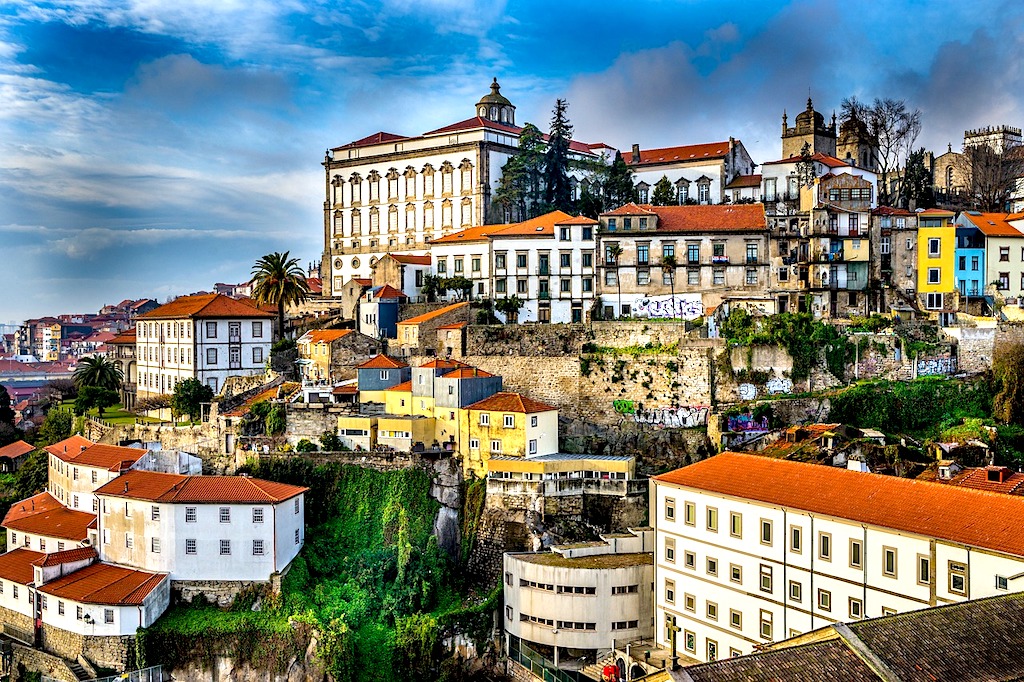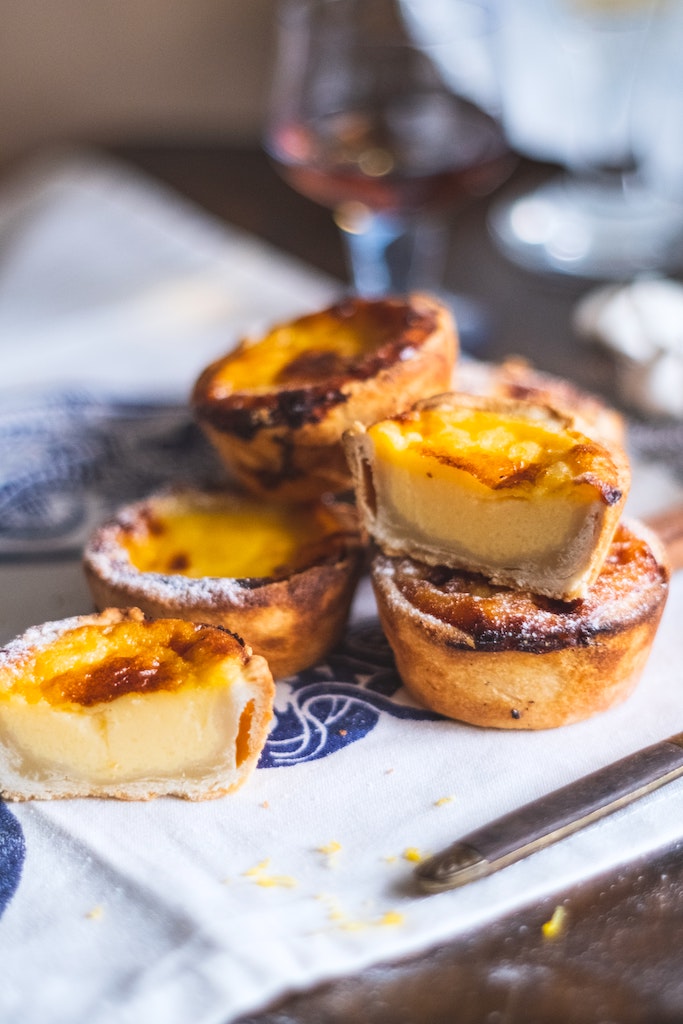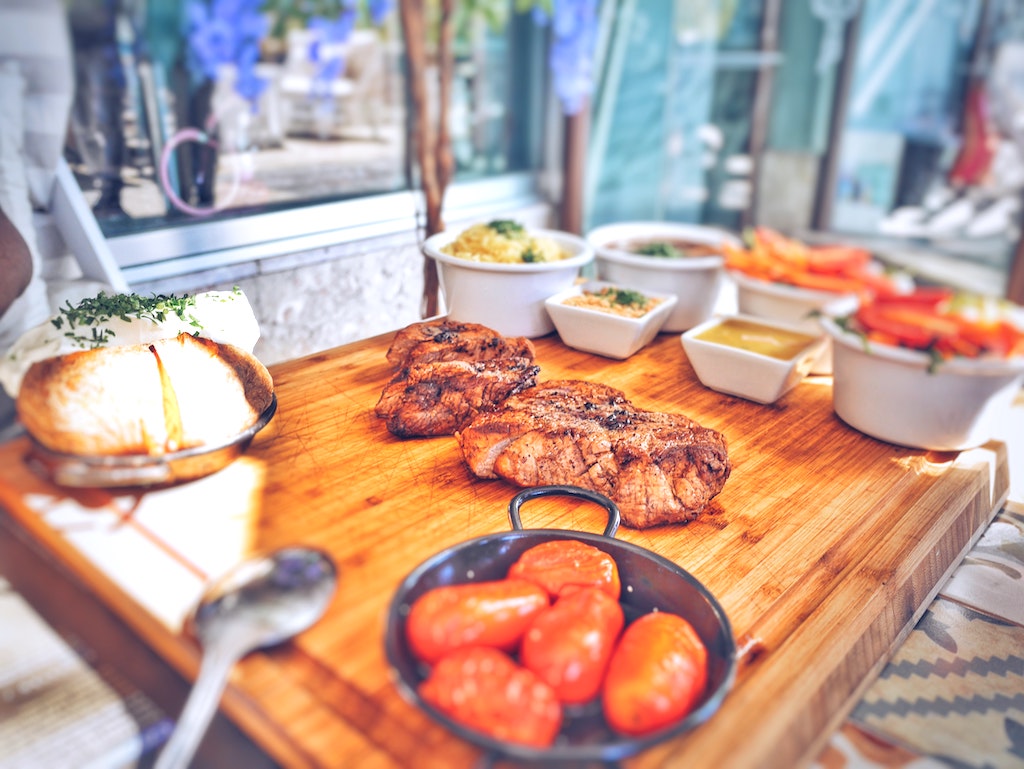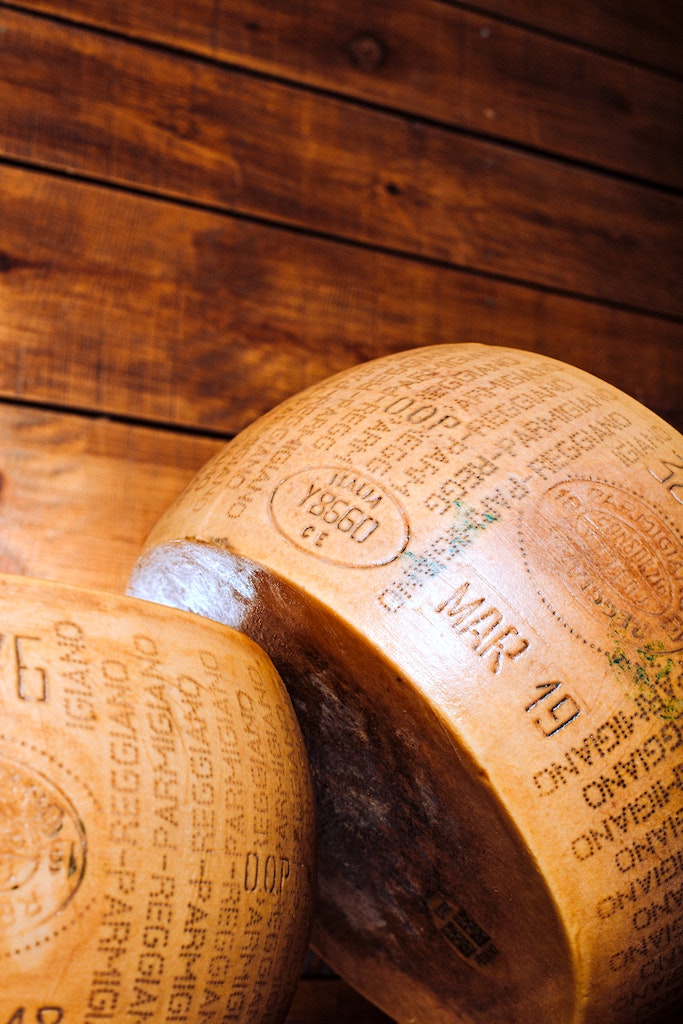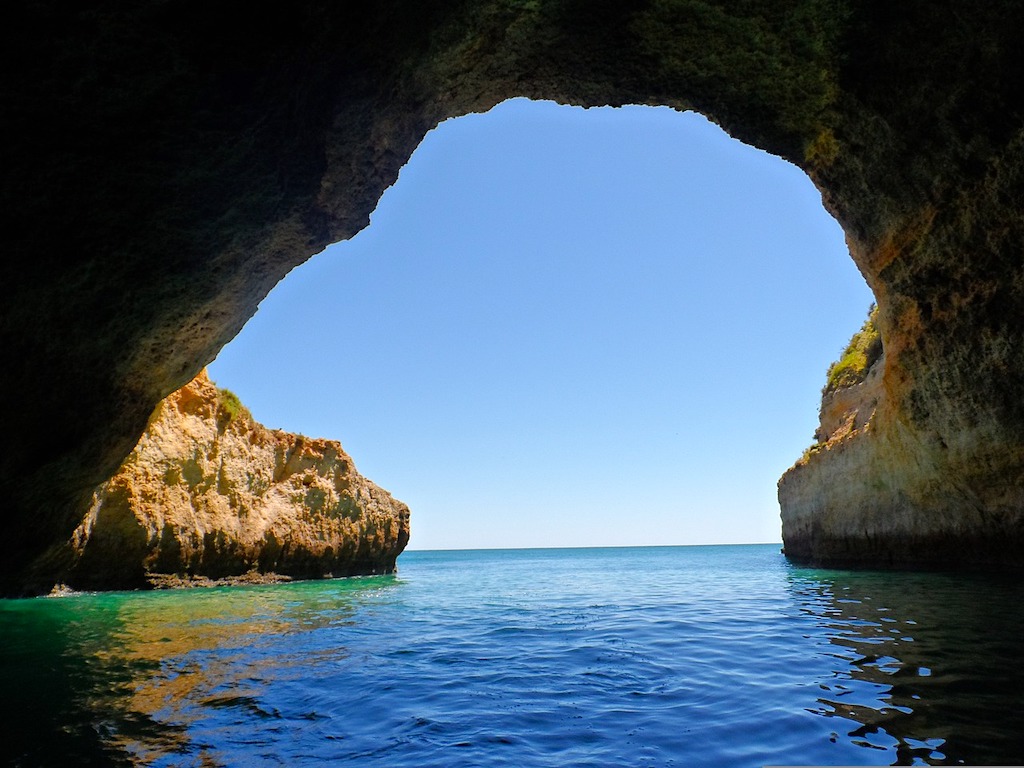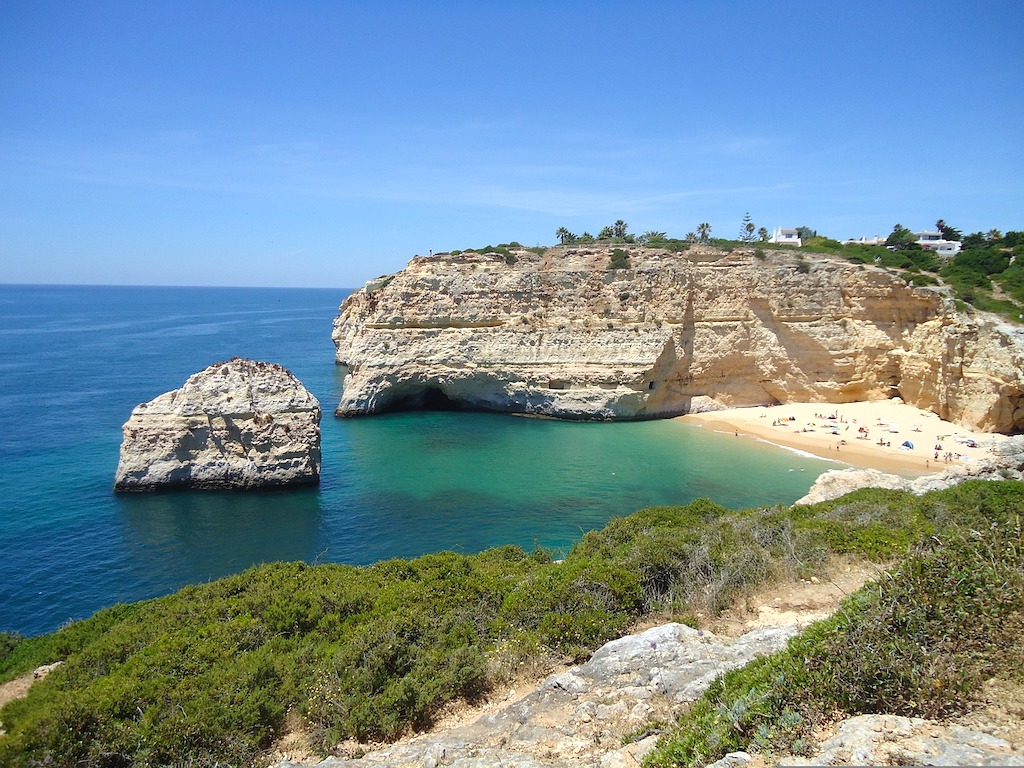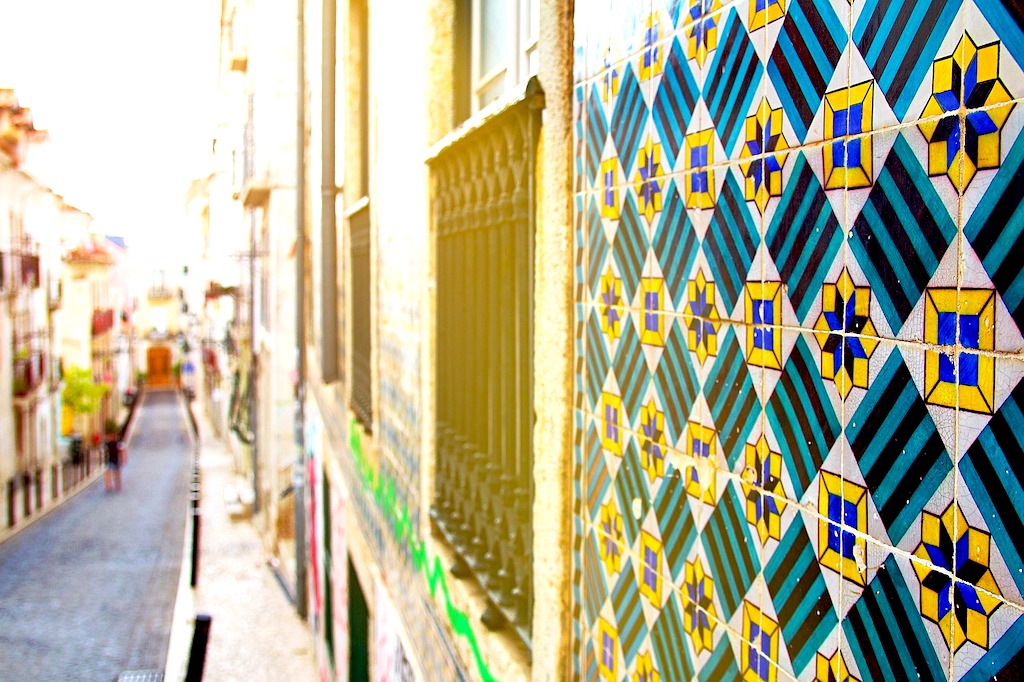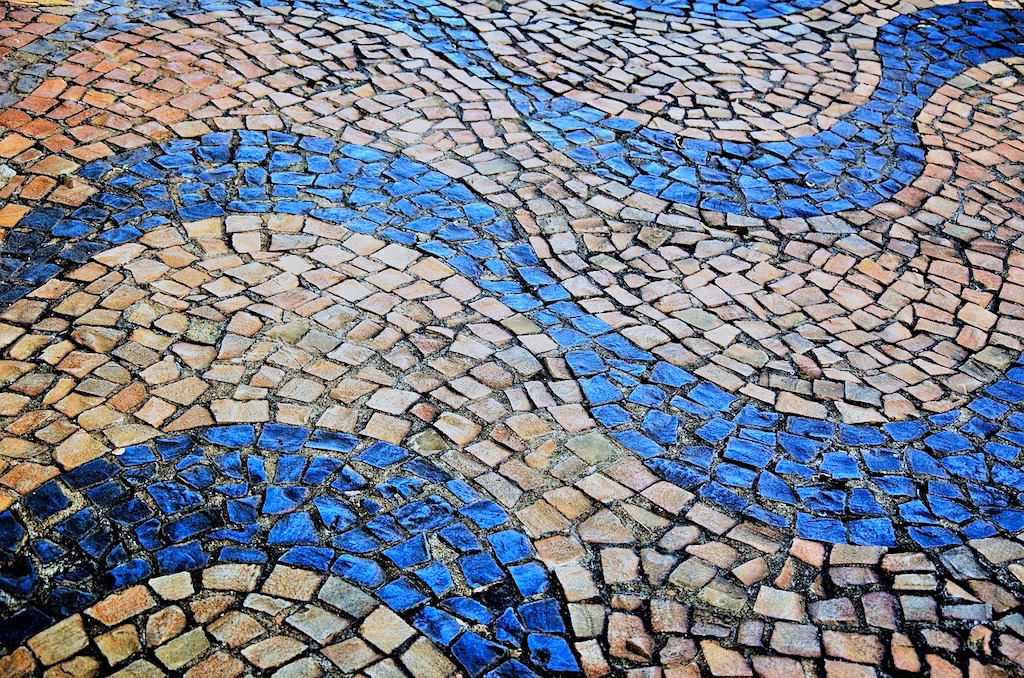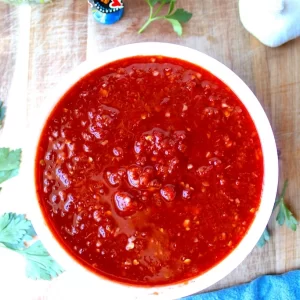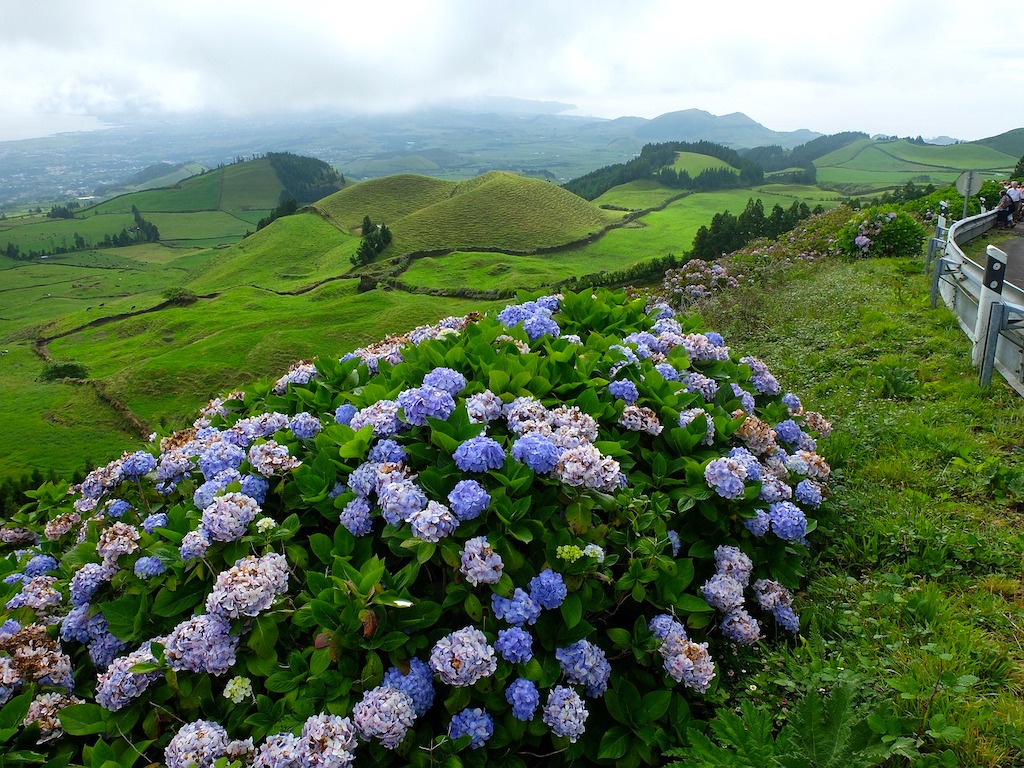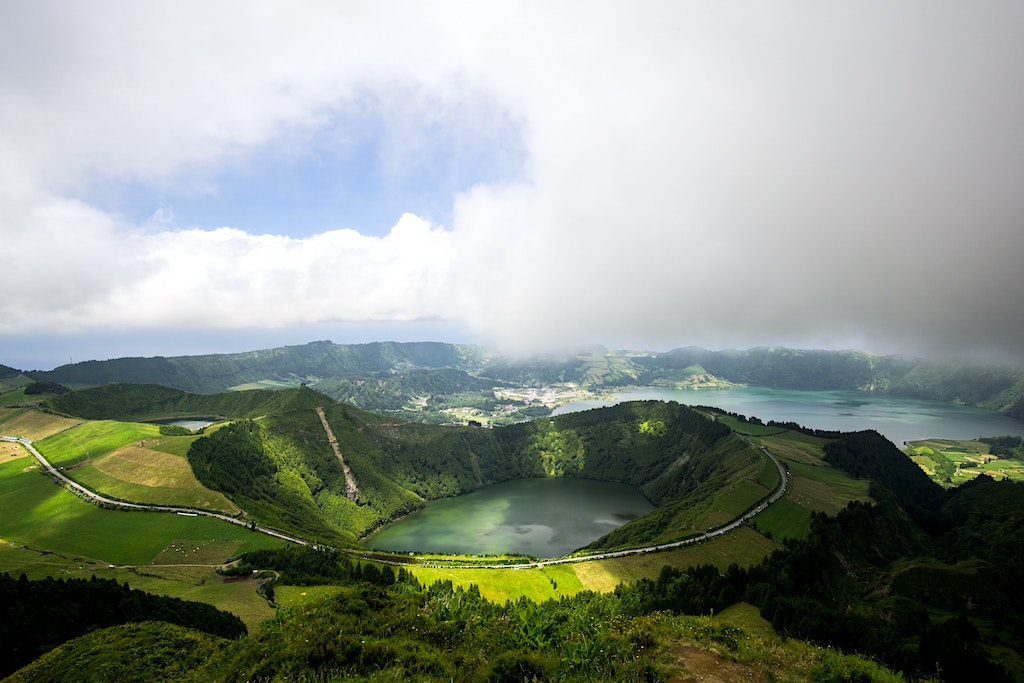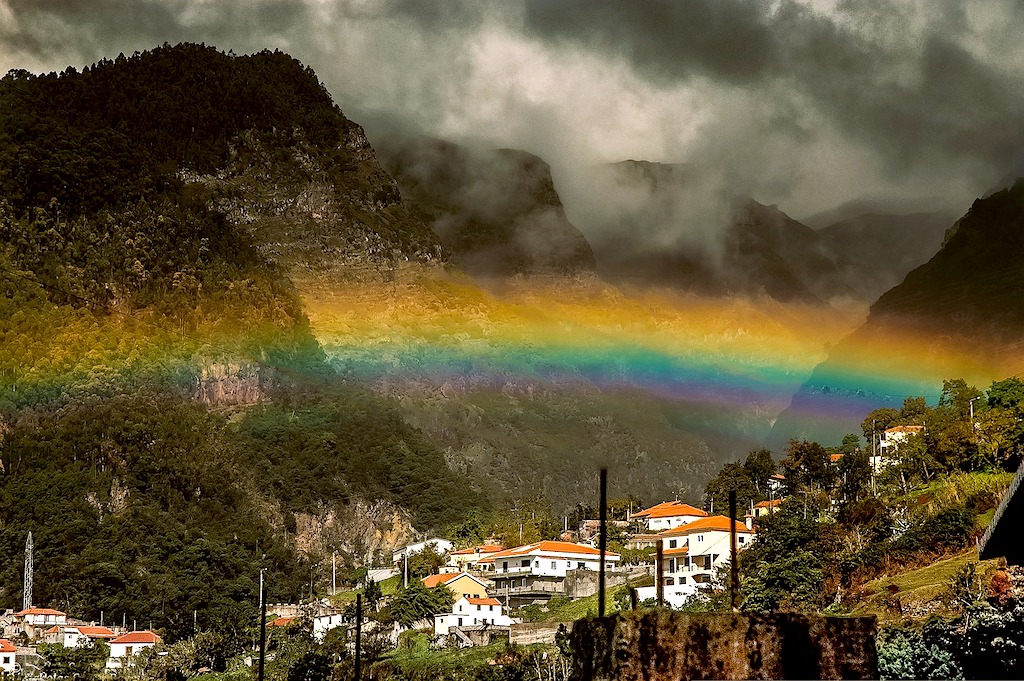History of Portuguese Cuisine
Over the ages, Portugal has had multiple cultural influences, which are now peeking through what we know today as widespread Portuguese customs and cuisine. The traditions and food origins have been traced back to the Celts, the Romans, the Early Christians, and the Muslims. You could say the Portuguese were cooking fusion cuisine before it was trendy!
Today Portugal is most known for its famous wine, iconic seafood dishes, breathtaking beach destinations, intricate tiles and architecture, soccer legends, and fado music.
What Makes Portuguese Cuisine Unique?
They say you can always tell when you’ve entered a Portuguese home. How so? The incredible aromas! Portuguese dishes utilize a unique mix of spices and flavors to create unique and mouth-watering dishes you identify the moment you walk through the door.
Portuguese cuisine, like its people, is warm, welcoming, spicy, and unique, constructed with many balanced dishes utilizing various fruits, vegetables, meats, cheeses, bread, and wine. So put on some fado music, and let’s get cooking!
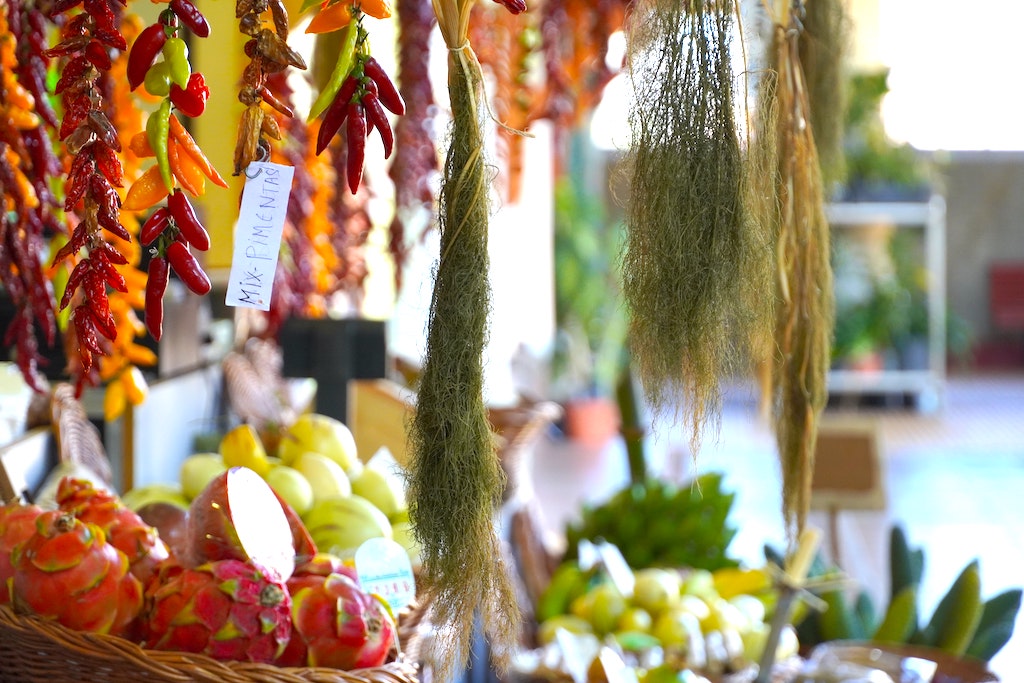
Spices and Flavors in Portuguese Cuisine
If you want to know why Portuguese food is so different – check out the spice cabinet! Below are some of the most common Portuguese spices and flavors used to create stunning Portuguese cuisine.
Top 5 Most Common Spices and Flavors

Cinnamon is known as “the world’s oldest spice,” and it’s popular in many Portuguese dishes. This aromatic spice comes from the harvested bark of the cinnamon trees. The bark is peeled off, scraped, then curls naturally as it dries.
Cinnamon was once more valuable than gold. In Ancient Egypt: cinnamon was sought-after for embalming, meat preservation, and religious practices. In the Medieval times of Europe: cinnamon was prescribed for coughing, hoarseness, and sore throats, as well as religious purposes. The Bible even mentions this spice as a requested ingredient from God to make the fragrant sacred anointing oil. Today in Portuguese cuisine, cinnamon is used in sweet and savory dishes and is stirred into everything from meat marinates to pies and puddings.
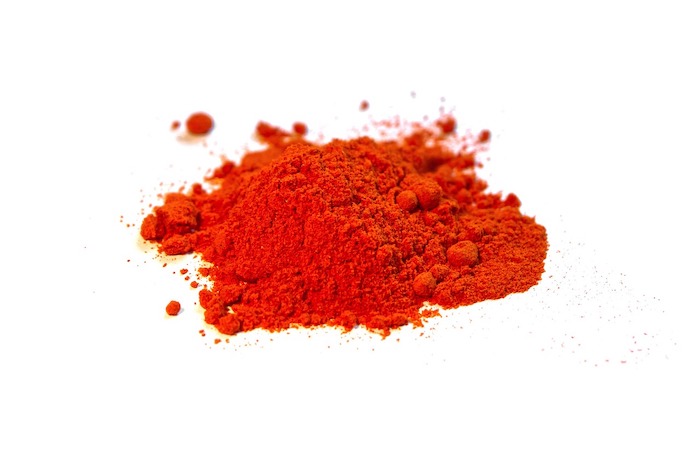
Surprisingly, paprika doesn’t come from one source but from many! It’s made from ground and dried sweet and hot peppers.
Originating from Southern Mexico, Central America, and the Antilles Islands, this spice was used for both seasoning food and prescribed as medicine for healing. Today this beautiful deep red spice is used in many different Portuguese dishes both for coloring, as well as flavor. However, paprika doesn’t carry much heat. Hungarian paprika is hotter than the Spanish version. So, if it’s heat that you’re seeking for your Portuguese dish, then reach for the Hungarian hot pepper paprika instead.
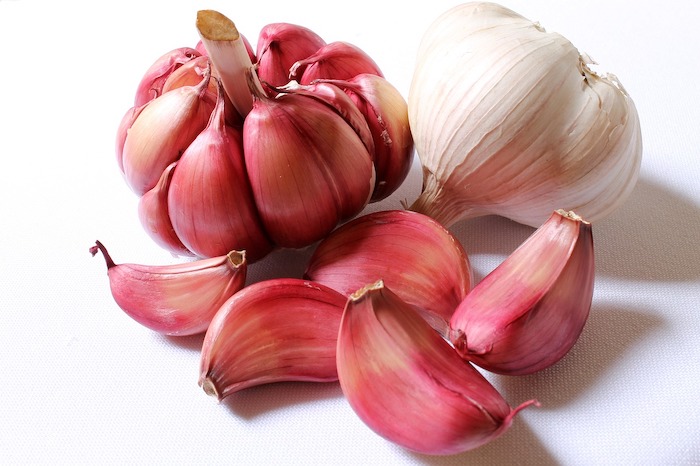
Heavily used in Portuguese kitchens, garlic is imperative for cooking most Portuguese dishes. Native to Middle Asia, garlic is grown using a single clove, and each clove produces an entire head of garlic.
In Portuguese cuisine, garlic is the foundation for many stews, braises, and sometimes soups. Garlic is also one of the most apparent flavors of Portuguese sausages.
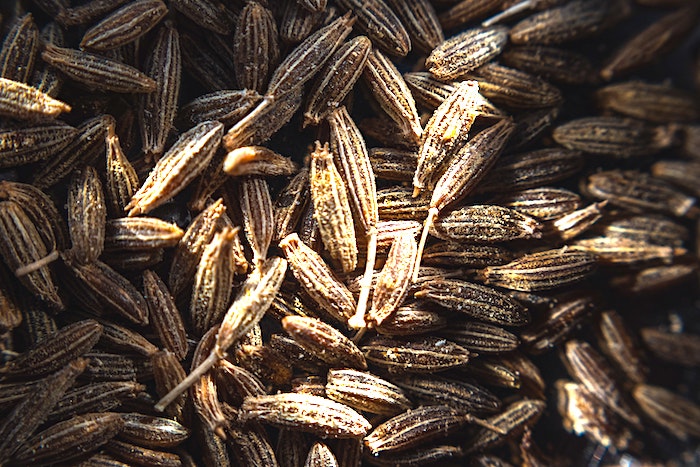
Made of dried parsley seed, cumin was introduced to the Portuguese by the Moors from North Africa. An ancient herb, cumin has been around for thousands of years. The ancient Egyptians used cumin as an ingredient in mummification for the bodies of pharaohs. In the Middle Ages, people kept cumin for the superstition of preventing their chickens, and their lovers from wandering. Ancient Greeks also used cumin as a common ingredient in the home, saving them in containers at their dinner table.
Today, cumin’s deep flavor helps compliments the cinnamon, vinegar, and spices of many Portuguese dishes, giving them a unique twist on European cuisine.
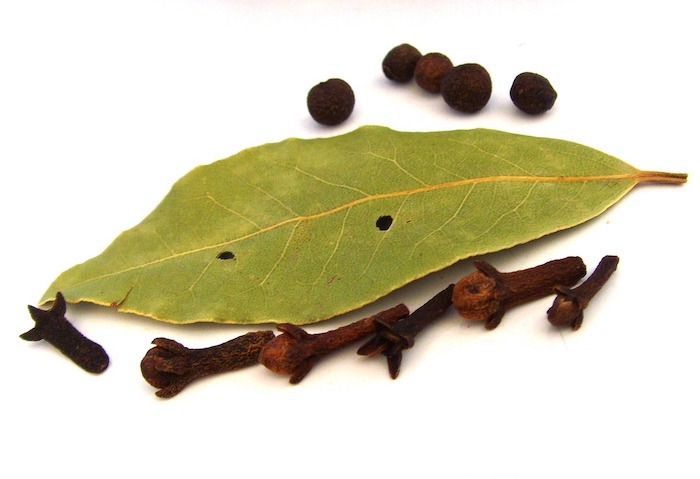
Also called laurel leaf, bay leaves are a native of the Mediterranean region. In Ancient Greece, bay leaves would have been made into Wreaths of Laurel to crown victorious athletes. Today bay leaves are a popular spice used worldwide. Used in pickling and marinating, they are also used to flavor Portuguese stews, roasts, soups, and fish.
Bay leaves are delicately fragrant but have a bitter taste. Only used for flavoring dishes, be sure to discard them after use.

My Top Portuguese Recipes
The Azores – Islands of Portugal
My family comes from the island of São Miguel, Azores. The Azores are a collection of 9 volcanic islands in the middle of the Atlantic Ocean. Located about 850 miles west of mainland Portugal, these Azorean islands boast breathtaking mountain views, tropical foliage, vibrant hydrangeas, and awe-inspiring waterfalls, each beckoning you to slow down and enjoy every moment.
Azorean Portuguese Cuisine
The local cuisine in the Azores differs a bit from mainland Portugal. With an abundance of sea life surrounding the island, there is no shortage of seafood in the Azores, making fish stews, spicy fried mackerel, and octopus popular local choices. Massa sovada is a traditional Portuguese sweet bread, and malasadas are famous Portuguese donuts. Two world-famous bakery confections that both got their start in the Azores! These islands also maintain coffee fields, tea plantations, pineapple farms, dairies, and wineries, all of these products sold throughout Europe and used in Azorean cuisine.
São Miguel Island’s Culinary Specialty
São Miguel Island is home to one of the most unique dishes made in Europe, Cozido das Furnas. This is a classic Azorean stew of chicken, beef, pork, potatoes, carrots, cabbage, kale, and sausage. Locals make Cozido das Furnas by burying a pot in volcanic soil and slow-cooking the stew, utilizing the natural heat of the caldeiras. (Natural boilers in the volcanic soil.) Everyone in town knows how to make it, and most restaurants on the island offer some form of this local delicacy.
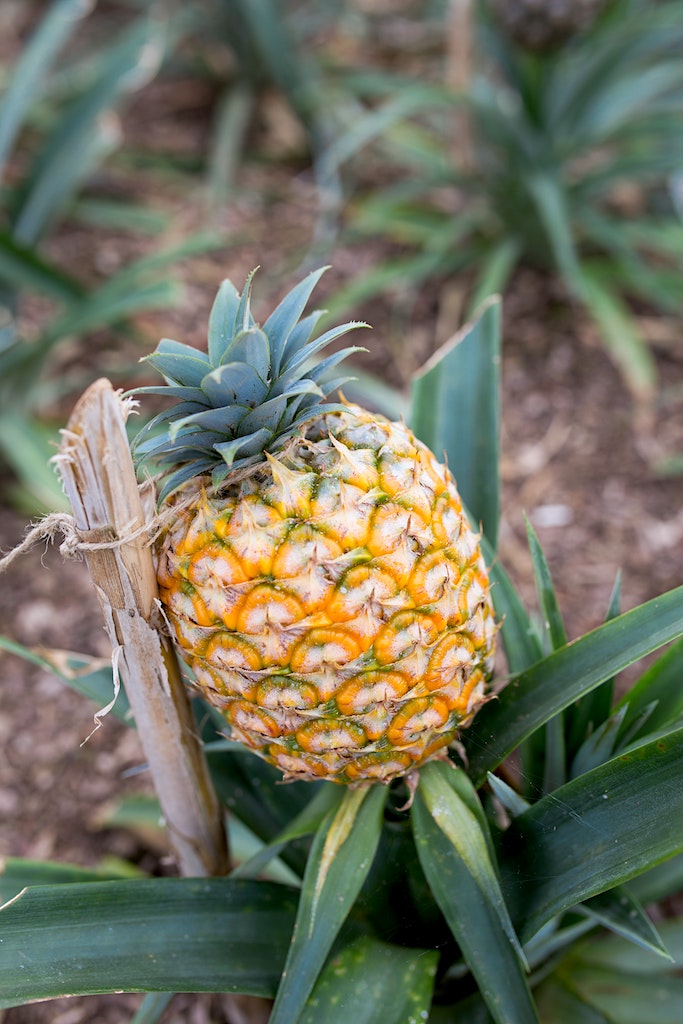
From the Azores to the United States
Since my family no longer lives on the islands, they often miss their homeland. Time to plan a cookout! Everyone gets together to cook an Americanized version of Cozido das Furnas in the States. First, they bury the meats, potatoes, and sausage. They use new local ingredients like corn and clams. Next, they cook them in the ground by fire. The last step is to dig up all the food. Everything marinates together as it steams, and the flavor is outstanding. Although it’s not quite Cozido das Furnas, it is still an excellent alternative!

Did You Know?
Strangely enough, a Portuguese woman introduced the idea of drinking tea to the English Royal Court. At the beginning of the 17th century, Catherine of Braganza was Queen of England, Scotland, and Ireland during her marriage to King Charles II. Legend has it that Catherine brought with her as part of her dowry crates marked Transporte de Ervas Aromaticas (Transport of Aromatic Herbs) – later abbreviated to T.E.A. Although she produced no heir to the crown, she did provide England with their favorite drink for generations to come.
Since the mid-1800s, São Miguel Azores has been the tea capital of Europe. It’s also the only producer of Coffee in all of Europe, all thanks to its humid environment and rich volcanic soil.
Oranges are a big part of my family’s Portuguese cuisine even today. Oranges were the largest export from the Azores until a blight began during the mid-1800s that destroyed their crops, ultimately forcing many Azoreans to emigrate in search of new work and land. The remaining Azoreans had to adapt to the devastating loss and instead began planting pineapple, passionfruit, tobacco, and sweet potato.
Pineapples (ananás) grow in the Azores! My great-great uncle “Frank” worked as a pineapple farmer on the island of São Miguel Azores, Portugal. (No WONDER I’m so obsessed with Pineapples.) Today, you will find pineapple in almost every restaurant in the Azores as this delicious fruit not only tastes sweeter on the islands but also aids with digestion when eaten after a meal.
There were many Azorean immigrants to the United States due to the overpopulation of the islands. The Azorean Portuguese chose the United States for the high volume of farming and fishing opportunities in Massachusetts, and according to what I know, many later retired to Florida with their personal orange trees and abundance of the local Publix supply of linguica. Or maybe that was just my family?
The Portuguese inspired the ukulele, Hawaiian sweet bread, malasadas, and linguica in the Hawaiian islands. Many Portuguese immigrants came to Hawaii to work in the sugarcane fields in the late 1870s. When they arrived, they brought an instrument known as a ‘braguinha’ or machete de braga. This instrument was later developed by the Hawaiians into what we know today as the ukulele, although its roots are actually Portuguese.
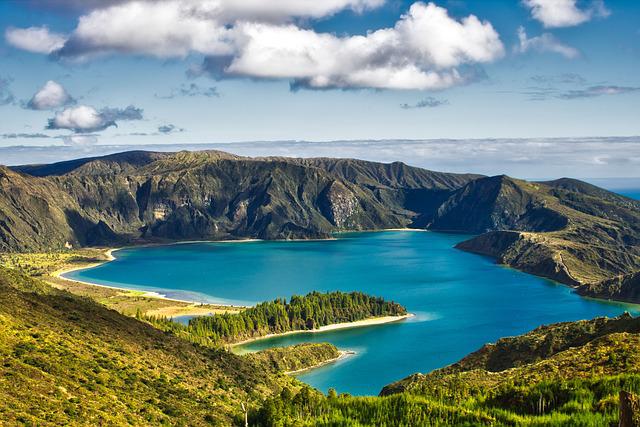
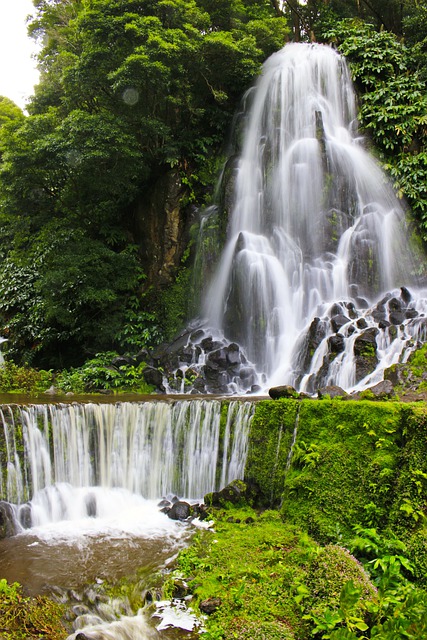
My Portuguese Recipes
Affiliate Link Discloser
Some of the links above are affiliate links. This means that, at zero cost to you, I will earn a small commission if you click through the link and finalize a purchase. Please only purchase these products if you choose them as the best option for you and your kitchen.

